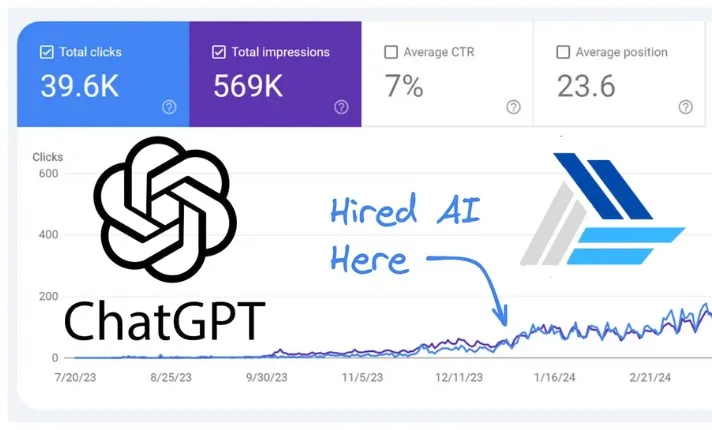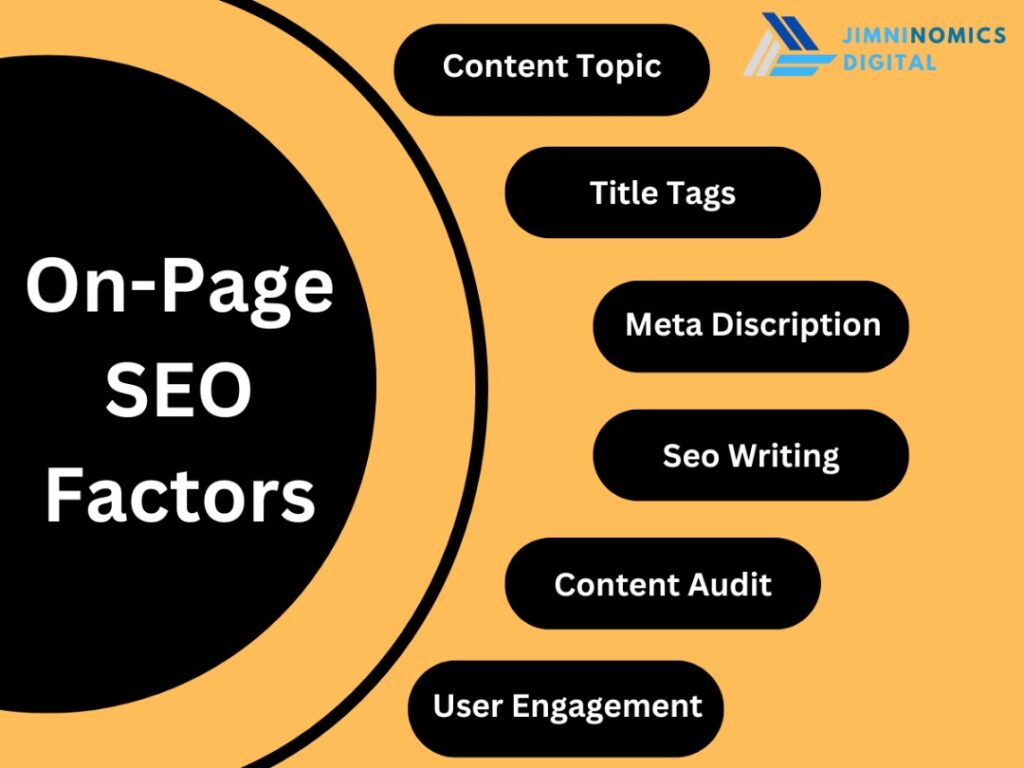What is ASCII?
ASCII, short for American Standard Code for Information Interchange, is the standard character encoding format for text data used in computers and the internet. It consists of 128 unique values representing alphabetic, numeric, and special characters, along with control codes.
History of ASCII
Originally published in 1963 by the American National Standards Institute, ASCII was designed based on character encoding for telegraph data. It includes uppercase and lowercase letters (A-Z), numbers (0-9), and basic punctuation. Non-printing control characters were created for use with teletype printing terminals.
Ways to Represent ASCII
ASCII characters can be represented in multiple formats:
- Hexadecimal digits (base-16 numbers, ranging from 0 to 9 and A to F)
- Three-digit octal (base-8) numbers
- Decimal numbers from 0 to 127
- 7-bit or 8-bit binary
Why ASCII Matters
Although ASCII has been largely replaced by Unicode, it remains significant as the first major character encoding standard. It laid the groundwork for later standards adopted by the Internet Engineering Task Force (IETF) in the late 1960s. ASCII text is compatible with UTF-8, the encoding widely used across the web.
How ASCII Works
ASCII provides a universally accepted character set for data communications, enabling developers to create user-friendly interfaces. For instance, the uppercase letter "A" is encoded as 0100 0001 in binary, while "a" is represented as 0110 0001. This simplicity allows for easy text manipulation.
ASCII Advantages and Disadvantages
Advantages
- Universally Accepted: ASCII is understood globally and remains compatible with modern systems using Unicode.
- Compact Encoding: ASCII data is stored efficiently in 7 bits.
- Programming Efficiency: ASCII codes facilitate various programming tasks, including text manipulation and numerical calculations.
Disadvantages
- Limited Character Set: ASCII can represent only 255 characters, making it less suitable for non-Latin languages.
- Inefficient Encoding: Representing characters from other alphabets may require additional overhead.
Convert Text to ASCII with Our Tool
At Jimni Nomics, converting text to ASCII is straightforward. Simply enter your text into our Code to ASCII Converter, and receive your ASCII values in various formats instantly!
ASCII Art and FTP
ASCII characters can also create graphical representations, known as ASCII art. Additionally, the File Transfer Protocol (FTP) includes an ascii command for transferring ASCII-encoded files, ensuring compatibility across systems.
Explore More with Jimni Nomics
Ready to convert your text? Try out our Code to ASCII Converter today and experience the simplicity of ASCII encoding!


 By: Jimni Nomics
By: Jimni Nomics
